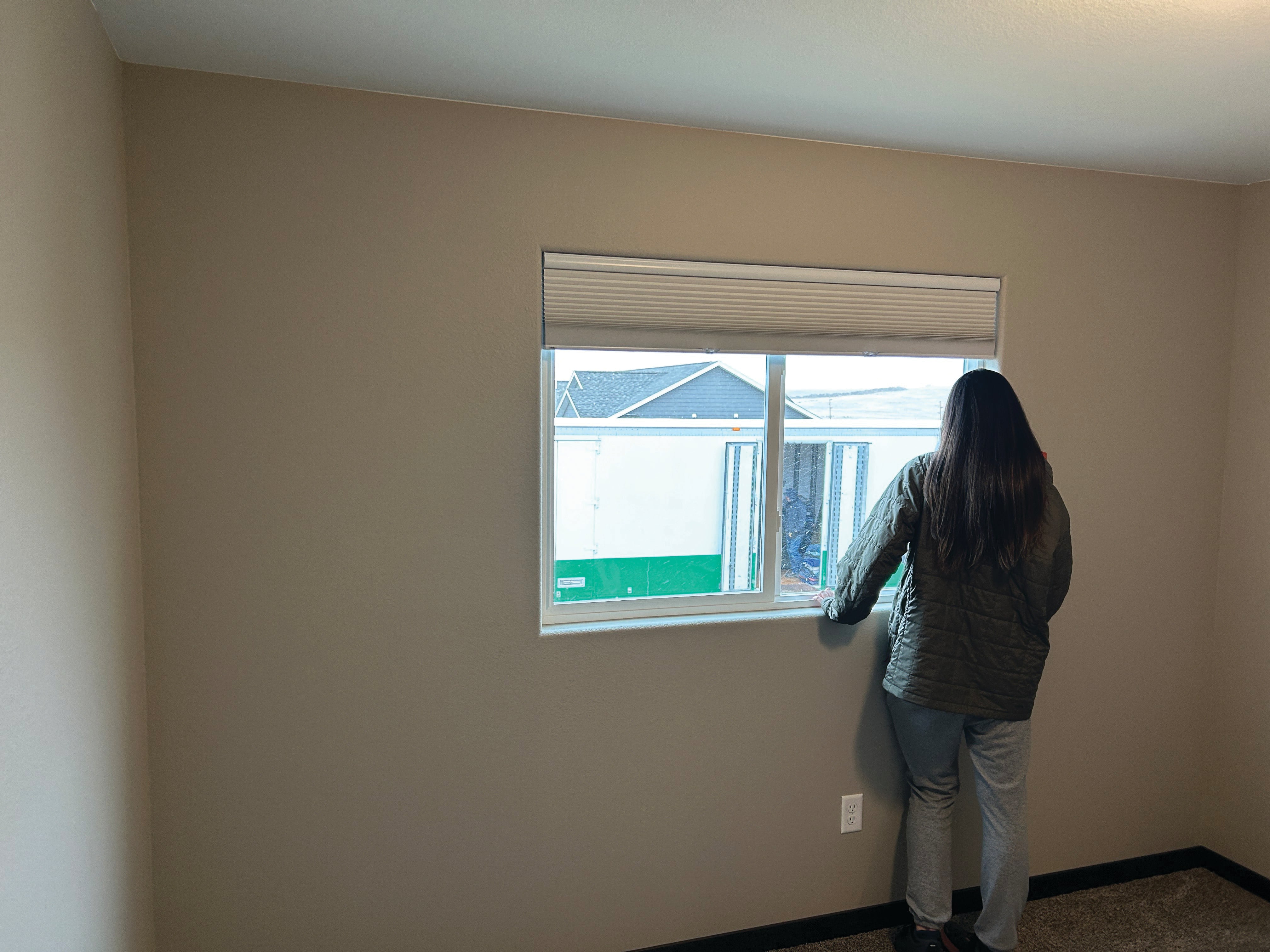The Air Force’s roughly 2,000-pilot shortfall has been one of its most vexing — and public — problems over the last two-plus years.
In 2019, the Air Force will see if its efforts to resolve the crisis will start to bear fruit.
The pilot shortfall has focused the attention of top leaders such as Secretary Heather Wilson and Chief of Staff Gen. Dave Goldfein, who have repeatedly warned it could “break the force” if it goes uncorrected. The Air Force has stood up a task force, drawn up a list of 69 different initiatives to fix the shortfall, and dramatically increased eligibility for the biggest aviation retention bonuses.
In a June interview, Goldfein said the Air Force will never find a single “silver bullet” that solves the pilot shortfall problem. Instead, a series of efforts now under way — to recruit and train more new pilots, bring back retired pilots, convince experienced pilots to stay longer, and improve the lives of pilots so they’re happier — should help close the gap, he said.
The Air Force in May announced a major expansion to its Voluntary Retired Return to Active Duty program, which seeks to bring back up to 1,000 recently retired pilots, combat systems officers and air battle managers for two to four years. They could come back to serve in both rated and flying staff positions, as well as training, testing, or even operational positions — and could even possibly fly combat missions.
The effort means retired pilots could come back to serve as instructors at bases like Sheppard Air Force Base in Texas, which conducts undergraduate pilot training. This could ease the pressure on operational squadrons, which sometimes have to send pilots to serve as instructors, and help the Air Force train and graduate more new pilots.
Training more pilots is also a key part of the plan to fix the pilot shortfall. The Air Force is trying to get its annual pilot production up from about 1,100 per year to 1,200 annually, researchers at the Mitchell Institute for Aerospace Studies wrote in a paper this past summer. Brig. Gen. Mike Koscheski, the head of the pilot shortfall task force, also told researchers he hoped to get that up to nearly 1,400 in fiscal 2019, before growing to 1,600 annually beginning in fiscal 2020.
The Air Force also is likely to continue offering massive retention bonuses under the Aviation Bonus Program to try to hold on to pilots and dissuade them from leaving to take lucrative jobs flying for commercial airlines. Previously, only fighter pilots were eligible to receive the highest bonuses for the longest service commitments. But earlier this year, the Air Force broadened the eligibility for the maximum 12-year, $420,000 bonus to include some bomber, fixed-wing combat search-and-rescue, special operations, mobility and intelligence, surveillance and reconnaissance pilots.
The percentage of eligible pilots accepting retention bonuses — known as the take rate — ticked up slightly to 45 percent in fiscal 2018, after at least two years of declines. Fighter pilot and bomber take rates increased significantly in 2018. But other categories of pilots — particularly mobility pilots — saw alarming declines.
Stephen Losey is the air warfare reporter for Defense News. He previously covered leadership and personnel issues at Air Force Times, and the Pentagon, special operations and air warfare at Military.com. He has traveled to the Middle East to cover U.S. Air Force operations.





